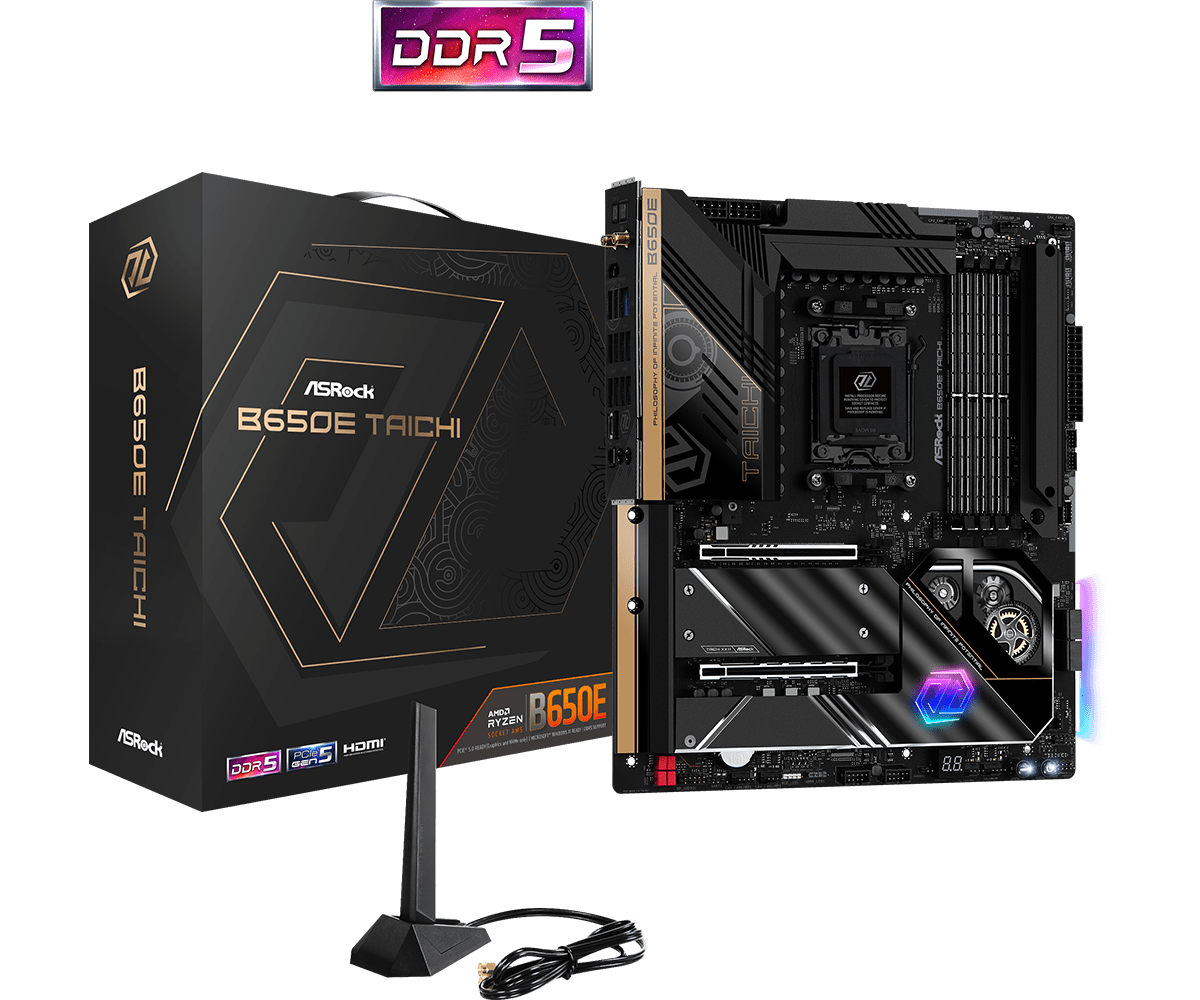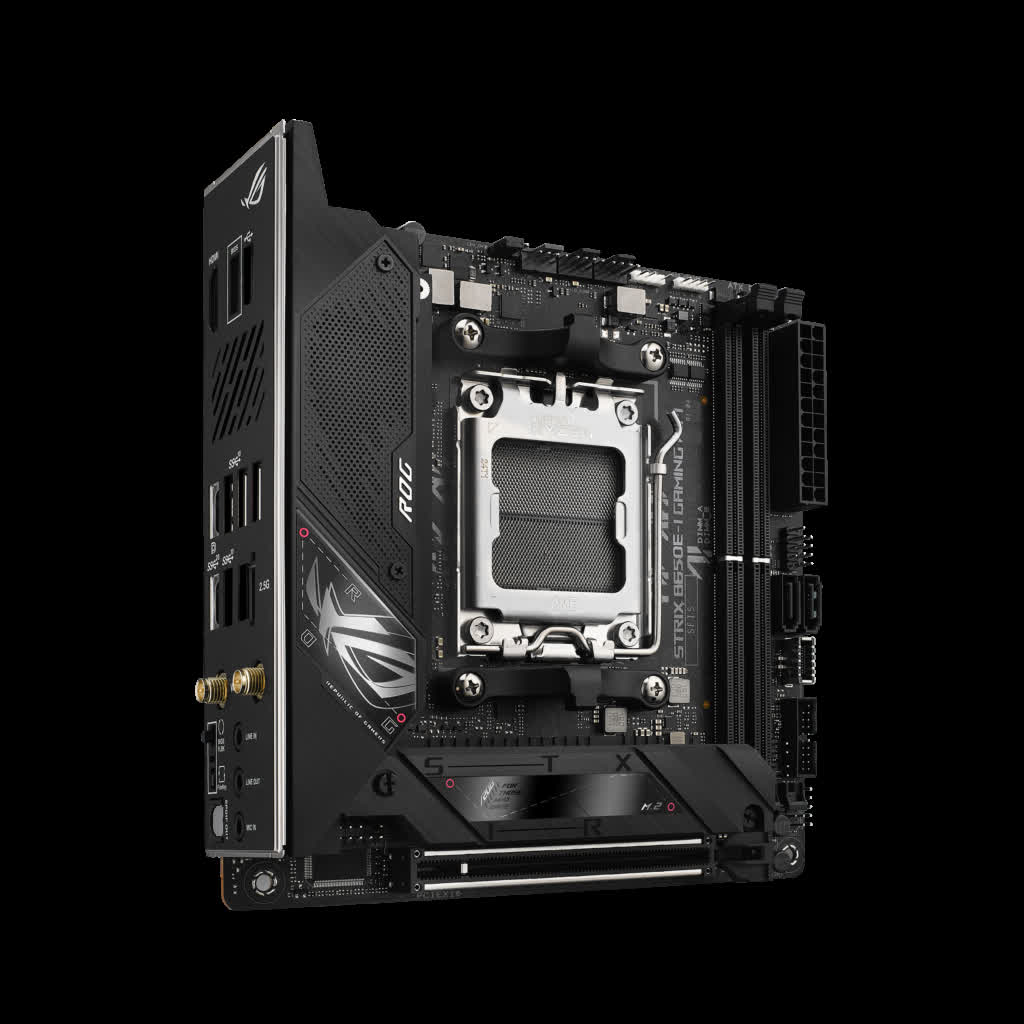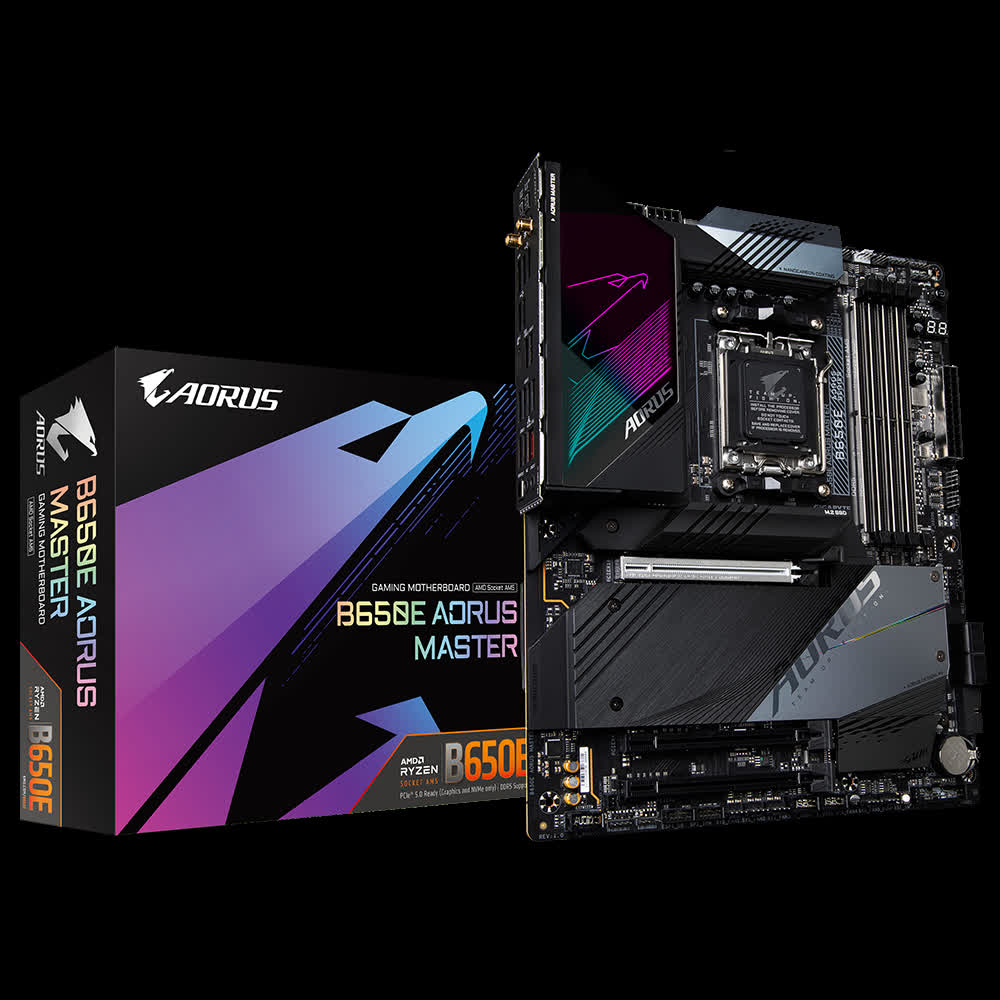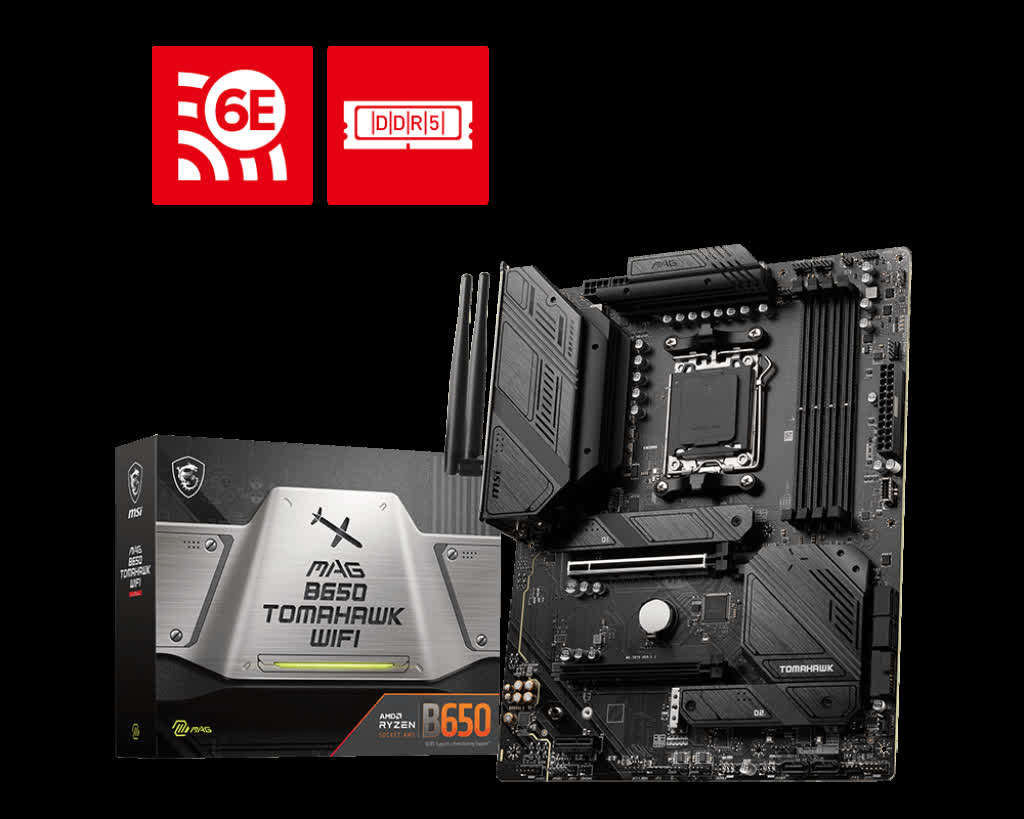Something to look forward to: As the official launch of B650 motherboards closes in, multiple manufacturers have begun to preview some of their upcoming models. Budget-oriented consumers can celebrate as the B650 boards start at a much more reasonable sub-$200 range.

Last month, AMD officially released its new Zen 4 architecture and Ryzen 7000 series processors. Subsequently, manufacturers began to flood the market with motherboards to accompany the latest CPU. Consumers were taken aback by the high prices of those X670 boards, with the cheapest offerings reaching nearly $300.
Thankfully, buyers no longer need to spend $300+ on a motherboard to get in on the AM5 experience. Four companies revealed their upcoming B650 boards, expected to release later this month.
ASRock's site currently lists eight B650 boards, ranging from the entry-level B650 Pro RS to the next rendition of the ever-popular Taichi motherboard, pictured above.

Asus released a "motherboard guide" showcasing a few of its upcoming products. It's uncertain whether or not the company is refraining from revealing the more budget-friendly Prime and TUF boards, but they are absent from the guide. However, it shows off multiple Strix series motherboards, including the Mini-ITX offering for this chipset.

Gigabyte's site also reveals eight motherboards slated for release shortly. The page shows off four ATX entries into the "Aorus" line from Gigabyte and the surprising but welcomed support for Micro ATX motherboards, with the company listing three of them. For white-themed builds, Gigabyte also offers the B650 Aero. Unfortunately, Gigabyte falls short for those set on a Mini-ITX system, as it does not yet have a Mini-ITX motherboard.

Lastly, MSI revealed its initial B650 lineup, posting seven new motherboards on its website, covering most price budgets and case sizes. The company has entry-level boards like the Pro B650-P and enthusiast offerings like the MPG B650 Carbon Wi-Fi. Consumers can also find ATX, Micro ATX, and Mini-ITX, suiting any case they may want to use.
Additionally, MSI unintentionally leaked the MSRPs for its upcoming mobos, with offerings starting at $189. That's more affordable than MSI's cheapest X670 motherboard, which costs nearly $400.
The reveals are good news for budget-oriented consumers, letting them into the AM5 platform at an attractive price. In time, we will likely see even cheaper motherboards, allowing additional users to jump to the Zen 4 architecture.